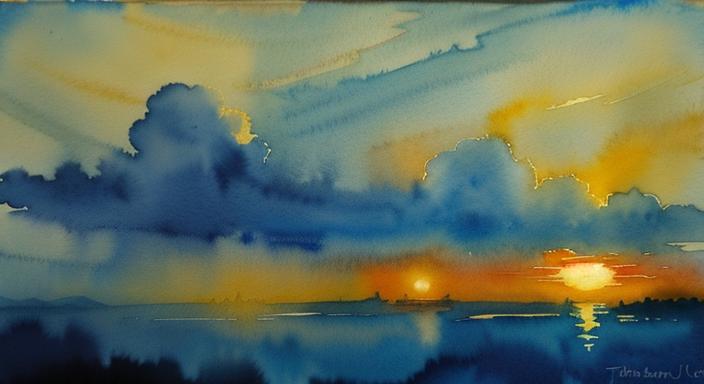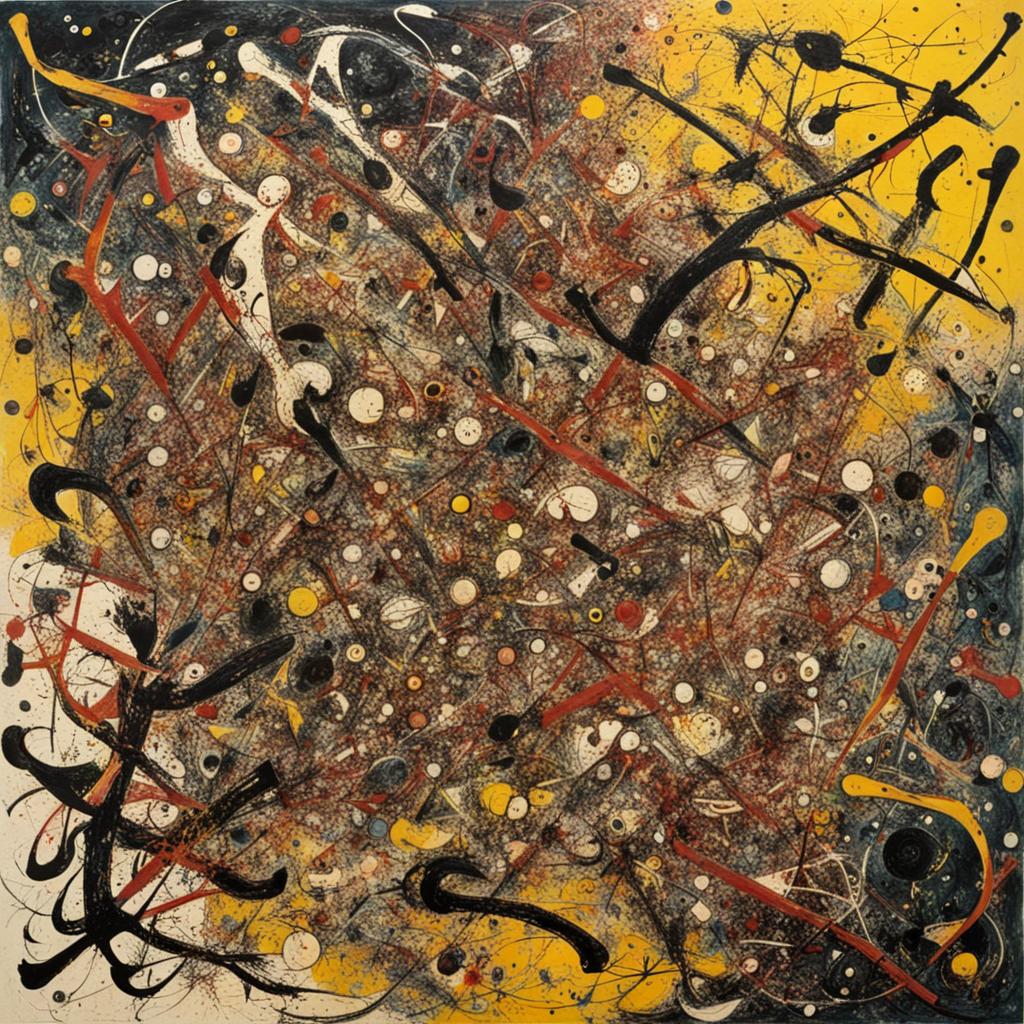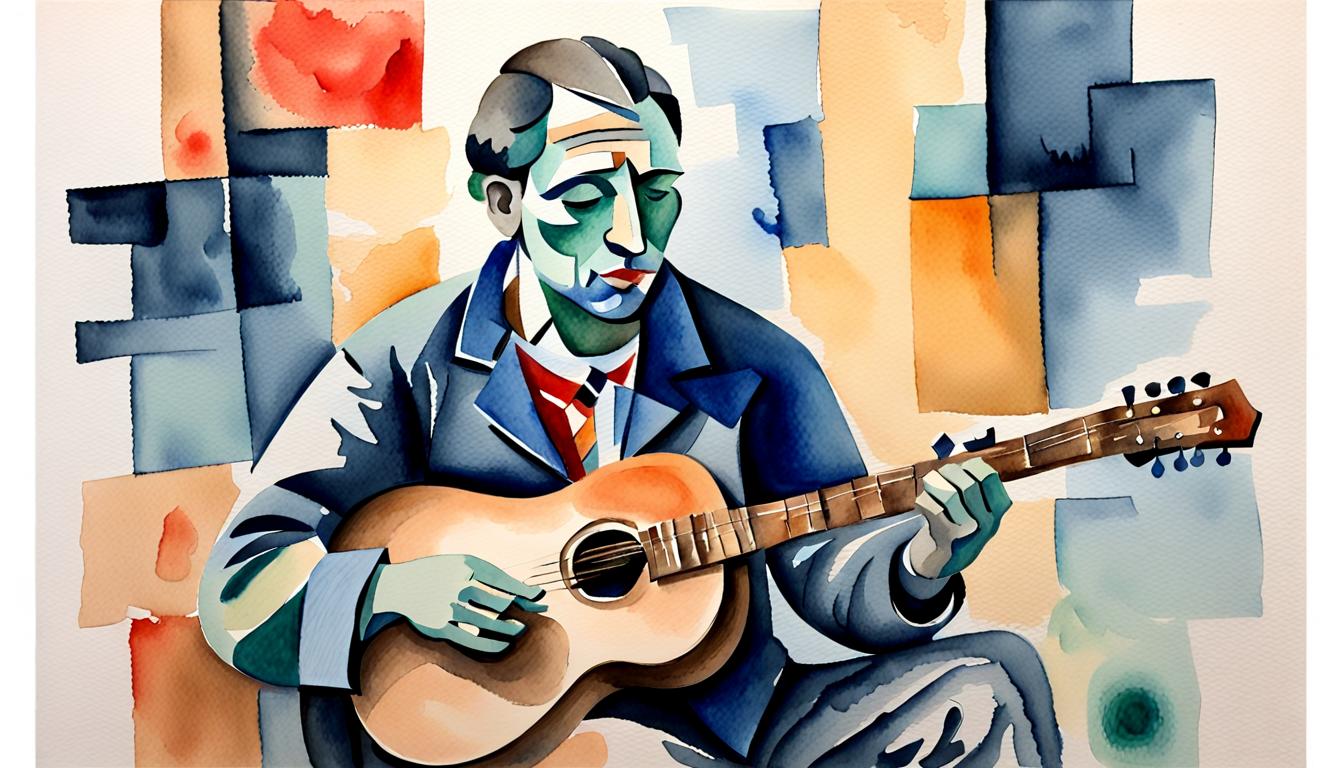Color plays a crucial role in art, influencing not just the aesthetics but also the emotions and perceptions of the viewer. The psychological effects of color are deeply embedded in human experience, affecting our moods, behaviors, and even physiological responses. This article explores how artists use color to convey meaning, evoke emotions, and create powerful visual experiences.

The Science of Color Perception
Color perception begins with light interacting with our eyes, where photoreceptor cells (rods and cones) translate this light into signals sent to the brain. Different wavelengths of light correspond to different colors, which the brain interprets to form our visual experience. While this biological process is universal, the psychological impact of color can be influenced by cultural, contextual, and individual factors.
“Colors, like features, follow the changes of the emotions.” – Pablo Picasso
Historical Perspectives on Color in Art
Throughout history, artists have used color to convey meaning and evoke emotional responses. In ancient Egypt, colors held symbolic significance: green represented fertility, while red symbolized chaos. During the Renaissance, artists like Leonardo da Vinci and Michelangelo used color to enhance realism and emotional depth.
In the 19th century, the Impressionists revolutionized the use of color, focusing on light and its effects on the landscape. Vincent van Gogh, known for his vibrant palette, used color to express his emotional and psychological states. His painting “Starry Night” is a testament to how color can convey turmoil and beauty simultaneously.

Vincent van Gogh wrote to his brother Theo about his use of color to represent his emotional state, particularly in “Starry Night,” where swirling blues and yellows depict both turmoil and beauty.
The Psychology of Color
Red: Energy and Passion
Red is one of the most powerful colors in the spectrum, often associated with energy, passion, and urgency. In art, red can grab attention and elicit strong emotional reactions. It is frequently used to symbolize love, war, and vitality. Artists like Mark Rothko used red to create intense, emotional experiences, drawing viewers into the depths of the canvas.
Blue: Calm and Stability
Blue, in contrast, is often linked to calmness, stability, and trust. It has a soothing effect, which is why it is commonly used in spaces designed for relaxation. In art, blue can evoke a sense of tranquility and introspection. Pablo Picasso’s Blue Period is an excellent example, where the predominant use of blue conveyed feelings of melancholy and reflection.
Yellow: Happiness and Optimism
Yellow is associated with happiness, optimism, and energy. It is a bright and attention-grabbing color that can lift the mood of the viewer. Artists like Claude Monet used yellow to capture the vibrancy of sunlight and the joy of natural scenes. However, yellow can also be overwhelming if overused, indicating the complexity of color psychology.
Green: Growth and Harmony
Green is often associated with nature, growth, and harmony. It has a calming effect similar to blue but with added connotations of renewal and balance. In art, green can be used to symbolize life and tranquility. The landscapes of Henri Rousseau, for example, utilize green to create lush, serene environments that draw viewers into a world of natural beauty.
Black: Power and Mystery
Black is a color of power, elegance, and mystery. It can create a sense of depth and sophistication but also evoke feelings of fear and sadness. In art, black is often used to convey seriousness or to create dramatic contrasts. The works of artists like Francisco Goya and Kazimir Malevich demonstrate the powerful and varied use of black in conveying profound themes and emotions.
White: Purity and Simplicity
White symbolizes purity, simplicity, and peace. It can evoke feelings of cleanliness and neutrality. In art, white is often used to highlight and create space within a composition. Minimalist artists, such as Agnes Martin, use white to strip down the visual experience to its essentials, focusing on form and texture.
Contemporary Uses of Color in Art
Modern and contemporary artists continue to explore and expand the psychological effects of color. The abstract works of artists like Ellsworth Kelly and Josef Albers examine the interplay of colors and their impact on perception. Installation artists, such as James Turrell, use color and light to create immersive environments that alter viewers’ sensory experiences.
“The beauty of color in art lies not just in its visual appeal but in its ability to evoke a spectrum of emotions and thoughts.” – Contemporary Artist
Cultural Influences on Color Perception
Color perception is not only biological but also deeply cultural. Different cultures ascribe different meanings to colors, influencing how they are used and interpreted in art. For example, while white is often associated with purity in Western cultures, it is linked to mourning in many Eastern cultures. Understanding these cultural nuances can enhance our appreciation of color in art and its varied psychological effects.
The Therapeutic Use of Color
Beyond its aesthetic and emotional impact, color is also used therapeutically. Color therapy, or chromotherapy, utilizes the psychological effects of color to promote physical and mental well-being. Artists like Wassily Kandinsky believed in the spiritual and healing power of color, using it to create works that aim to uplift and inspire.
Examples of Artists Using the Psychological Effects of Color
10 famous artists known for their use of the psychological effects of color in their artwork, with a brief description of how each artist employs color to evoke emotions and convey messages.
| Artist | Description |
|---|---|
| Mark Rothko | Rothko’s large, abstract canvases with blocks of color are known for evoking a sense of the sublime. His use of color gradients creates a meditative and deeply emotional experience, inviting introspection and contemplation. |
| Georgia O’Keeffe | O’Keeffe’s use of color transforms the familiar into something profoundly emotional. In “Oriental Poppies,” the bold reds and oranges set against a muted background capture the essence of the flowers, creating a sense of awe and vitality. |
| Yayoi Kusama | Kusama’s immersive installations often feature a psychedelic array of colors, as seen in her famous “Infinity Mirror Rooms.” The repetition of colorful patterns creates a sense of infinity and envelops the viewer in an emotional landscape. |
| David Hockney | Hockney’s use of vibrant colors in landscapes and pool scenes, like “A Bigger Splash,” brings a sense of joy and vivacity. His bold, saturated colors create a dynamic and energetic mood, inviting viewers into a world of heightened reality. |
| Wassily Kandinsky | Kandinsky associated certain colors with specific feelings – blue with spirituality, yellow with joy, and so on. His abstract works demonstrate that colors could resonate emotionally with viewers, using color as a primary vehicle for conveying emotion. |
| Joan Miró | Miró’s playful use of bright colors communicates a sense of whimsy and freedom, transcending linguistic barriers. His color combinations, intensity, and contrasts speak directly to our emotional and sensory experiences. |
| Piet Mondrian | Mondrian’s work, such as “Place de la Concorde,” uses bold colors and geometric shapes to evoke emotions and convey abstract concepts. His use of color in abstract compositions demonstrates a deep understanding of color psychology. |
| Pablo Picasso | Picasso’s “The Old Guitarist” from his Blue Period uses monochromatic blue shades to convey feelings of melancholy and despair, showcasing his ability to use color to evoke specific emotional responses. |
| Edvard Munch | Munch’s “The Scream” is known for its use of red hues to elicit a sense of overwhelming anxiety and uncertainty. This painting showcases Munch’s exploration of psychological themes through color. |
| Helen Frankenthaler | Frankenthaler was innovative in her use of color, which evolved throughout her career. Her large-scale abstract expressionist paintings are known for their spontaneity and emotional impact, achieved through her unique color choices. |
Conclusion
The psychological effects of color in art are profound and multifaceted. From the vibrant reds of passion to the tranquil blues of calm, color influences our emotions, thoughts, and even our physical states. Artists throughout history have harnessed the power of color to communicate complex messages and evoke deep emotional responses. By understanding the science and psychology of color, we can gain a deeper appreciation for the art we encounter and its impact on our lives.
Incorporating an awareness of color’s psychological effects into artistic practice not only enhances the emotional resonance of the artwork but also connects the artist and viewer on a deeper, more intuitive level. Whether through the bold use of contrasting colors or the subtle interplay of hues, the mastery of color remains a vital skill for artists aiming to create compelling and meaningful works.


